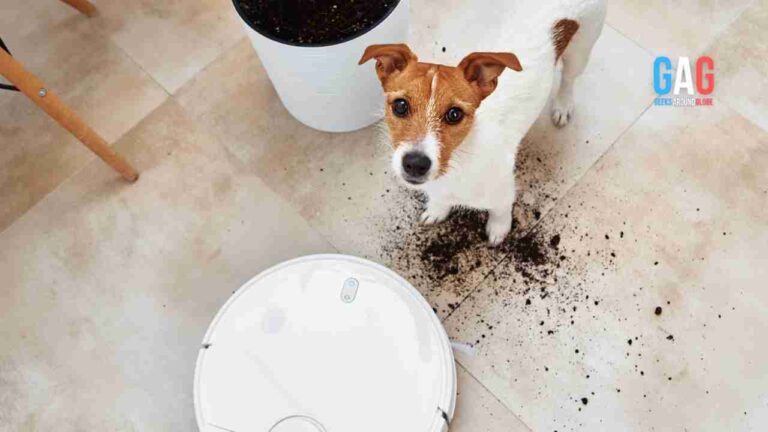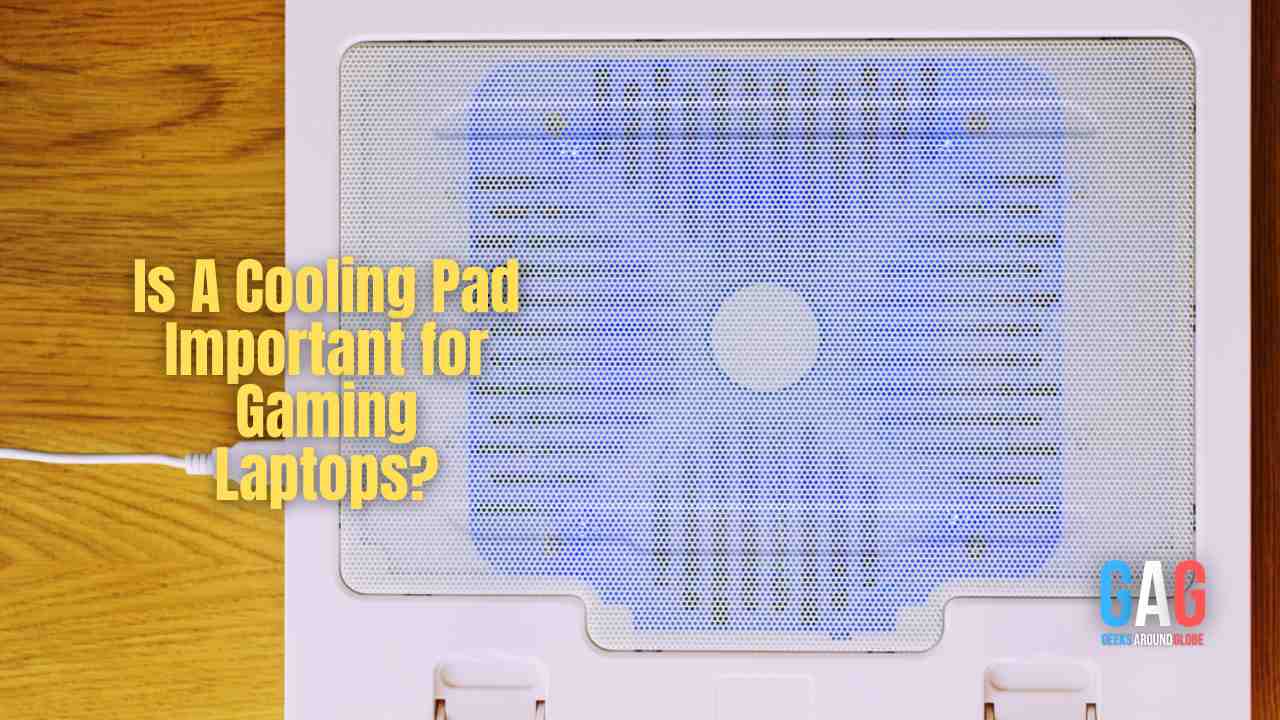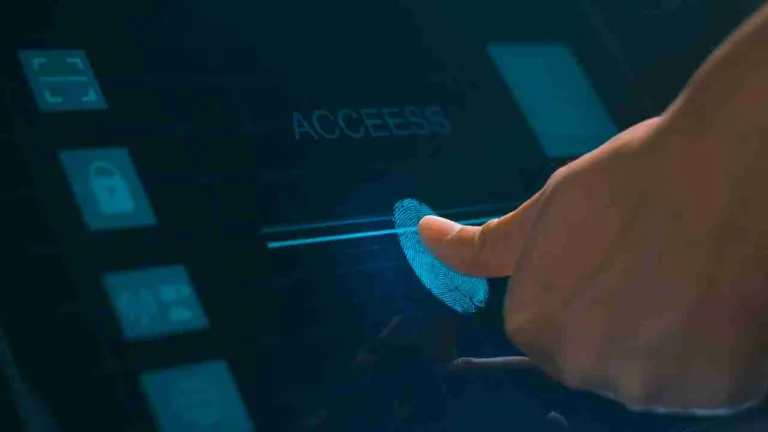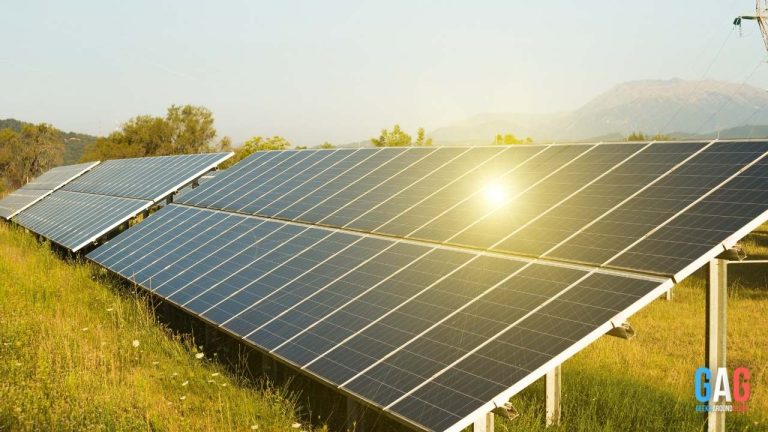Commercial premises are the most significant contributors to greenhouse gas emissions that cause global warming and other adverse effects of climate change. So governments and non-profits encourage business people to adopt green energy sources like solar power to save the planet.
However, many companies must determine what to look for in solar energy systems. Below are the key features to consider when evaluating commercial solar panels.
Efficiency
The effectiveness of a solar panel is the amount of sunlight it converts into usable electricity. Modules with efficient photovoltaic cells command higher prices than less-efficient ones. However, they make up for the extra cash with flexibility.
An efficient panel produces more electricity than a similar-sized module with low efficiency. This allows you to maximise your space, which works for small roofs.
Alternatively, you can achieve the desired output with fewer panels, leaving room for other installations. Fewer panels also mean reduced installation costs.
Degradation Rate
Like other electrical appliances, solar panels degrade over time – your panel’s output will inevitably reduce the more you use them. The difference lies in the degradation rates.
Most solar panels undergo a 1% to 3% drop in the first year of use. In the subsequent years, the degradation rates fluctuate between 0.7% and 0.9% until the modules became defunct.
When purchasing commercial solar panels, compare the degradation rate with the projected lifespan. It’s best to choose the option with the lowest degradation rate and most extended lifespan since it guarantees high power output for many years. Remember, a 0.1% difference can significantly impact your energy savings over 20 years.
Durability
A solar panel must be durable so that you enjoy its benefits and get a return on your investment. Therefore, durability is the most crucial consideration factor when purchasing a panel. In Australia, your preferred panel choice must have enough features to protect it against harsh weather.
For instance, dual-glass panels are more suitable for the Aussie climate than standard modules with plastic backing. This is because tempered glass can withstand extreme temperatures, while plastic is likely to warp and dame the PV cells, resulting in reduced power output.
The frame also contributes to durability. Fortunately, most panels have aluminium frames that aren’t susceptible to rusting and corrosion.
Real-life Performance
Although the efficiency rating is a valuable metric for estimating a panel’s output, it’s essentially a lab score, and things can be different in real-life applications. For example, the efficiency will likely change when exposed to extreme temperatures, inconsistent sunlight, and other external factors.
The manufacturer should outline the expected performance of the panels based on the location, positioning, and weather patterns of your proposed installation site. You can ask them for performance reviews if they have existing customers in your area.
It’s worth noting that high temperatures significantly impact the performance of solar panels. Despite thriving under direct sunlight, solar panels lose efficiency when temperatures exceed 25oC. So choose an option with a low-temperature coefficient to avoid massive output drops due to high temperatures.
Warranty Cover
Most panels have two warranties allowing the user to request a new unit if the current one becomes faulty before a specified timeframe.
The product warranty covers the panel against defects, while the performance warranty assures the customer of the module’s output and degradation rate over a specified period. These two can be similar or have different lengths.
Once you confirm a panel has a warranty cover, look at its terms. Under what circumstances can you request a replacement? Are natural hazards considered under the guarantee? In most cases, tampering with the product or taking it to an unauthorised technician voids its warranty.
Wrapping Up
Besides saving the planet, adopting solar energy lowers your utility bills. You can recoup the money spent on installing a commercial solar energy system within a few years and start enjoying free electricity for up to 25 years. Even better, these systems require little maintenance, costing only a fraction of the potential savings.







